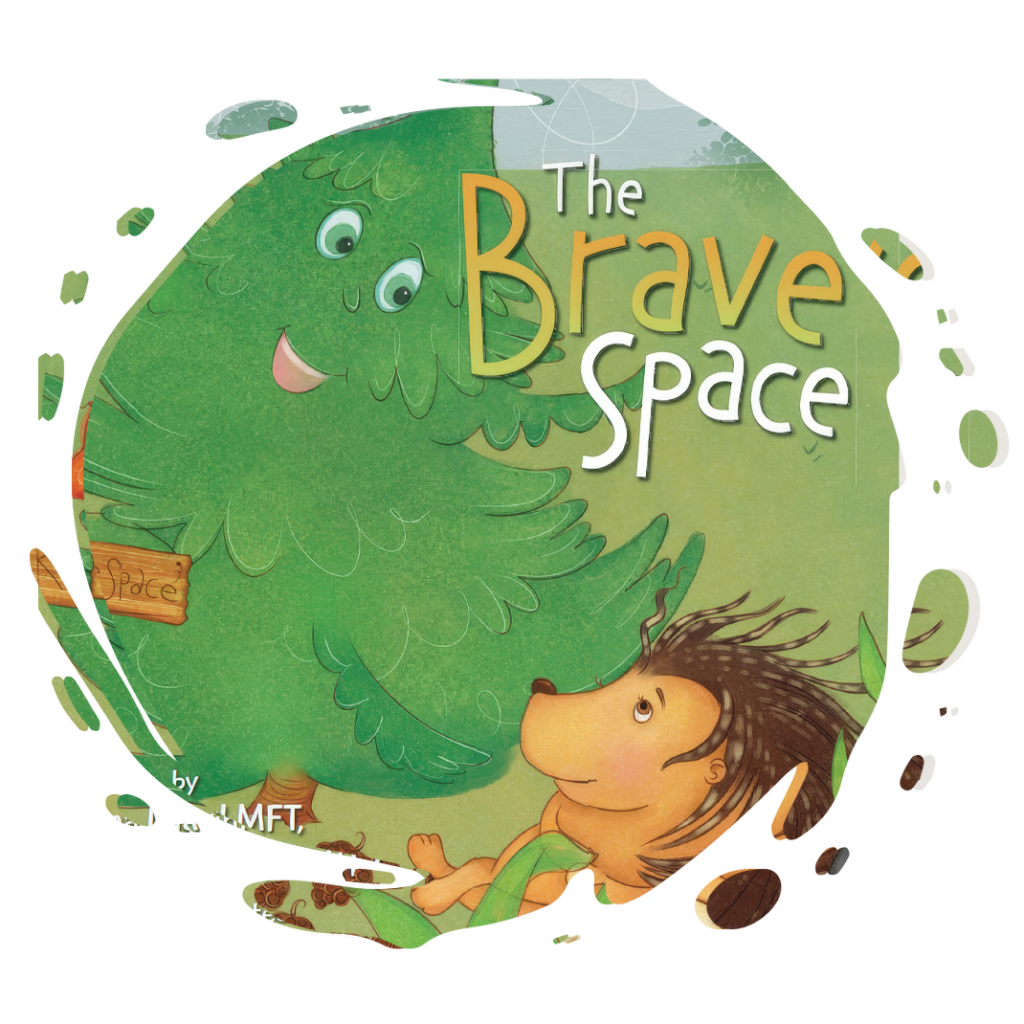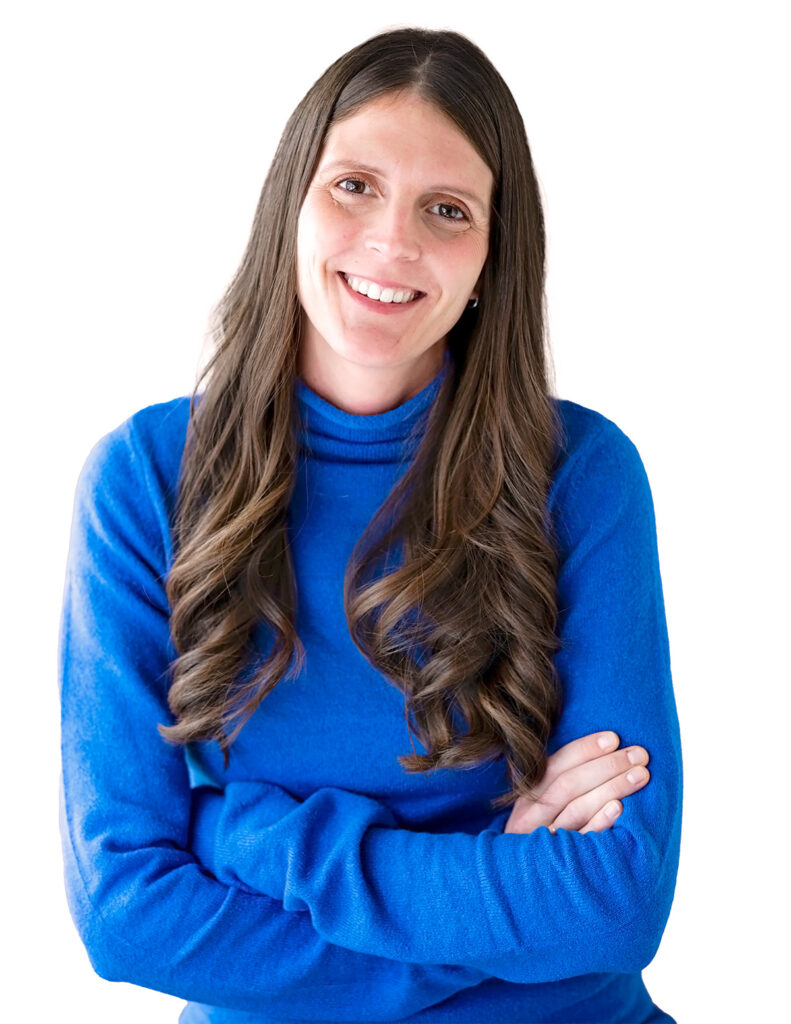

Whether you are a parent, teacher, grandparent, or caregiver, you can help a child deal with their big emotions. At the end of the book is a helpful guide for how you can start important dialogues with children who may be struggling. Simply reading this book together is a great place to start. Then, use the helpful questions that follow to continue the conversation and help them understand they are not alone.
There is a time and place for professional consultation. When in doubt, seek help. But if you are waiting for an appointment or simply want to participate in addressing a situation, this book can be a tool for you.

Anna Clavin is a Minnesota Licensed Marriage and Family Therapist who helps individuals, couples, and families by supporting courage and growth through a family systems perspective and trauma and culturally informed care.